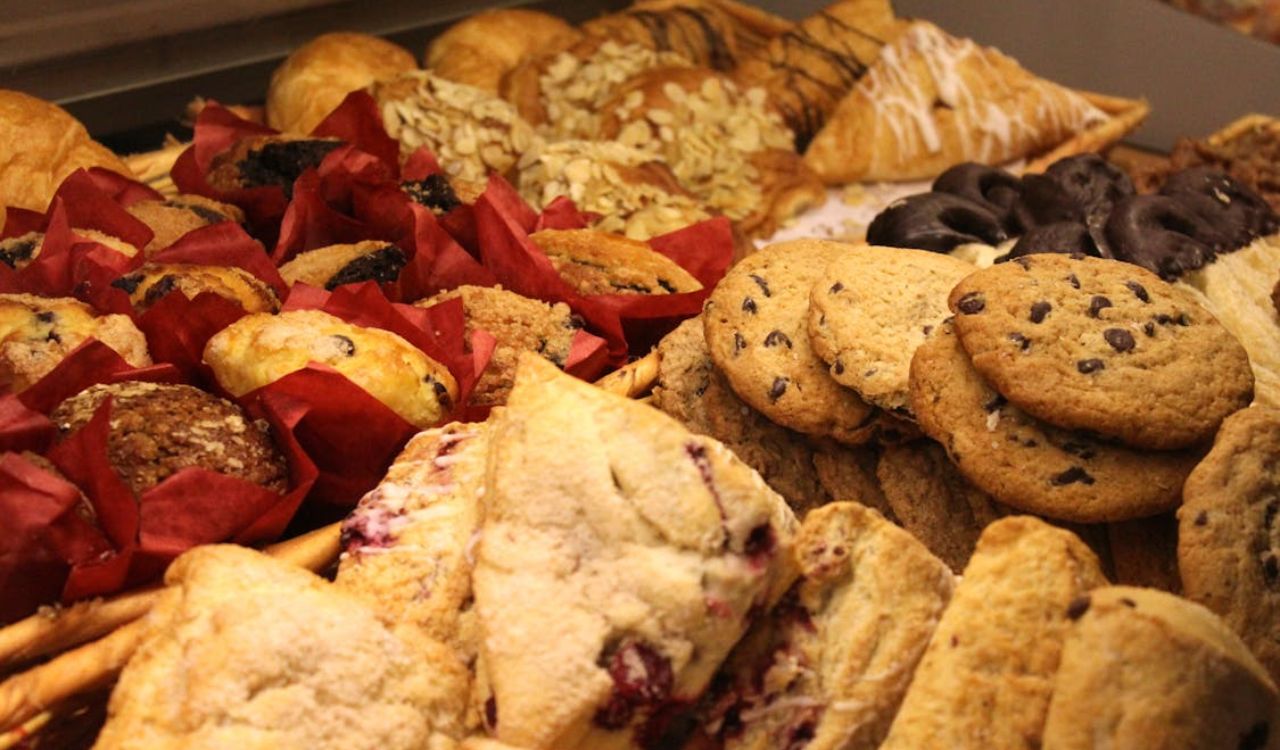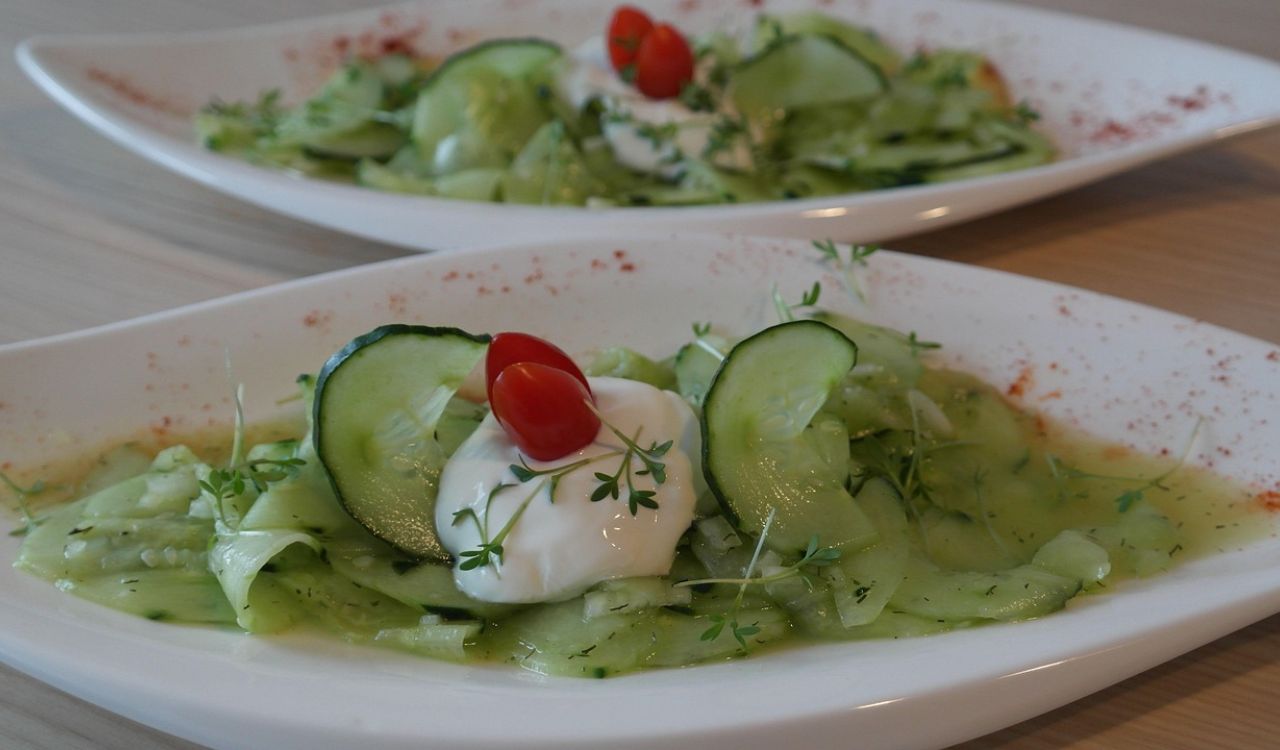The Sneaky Tricks Behind Supermarket Layouts You Never Noticed
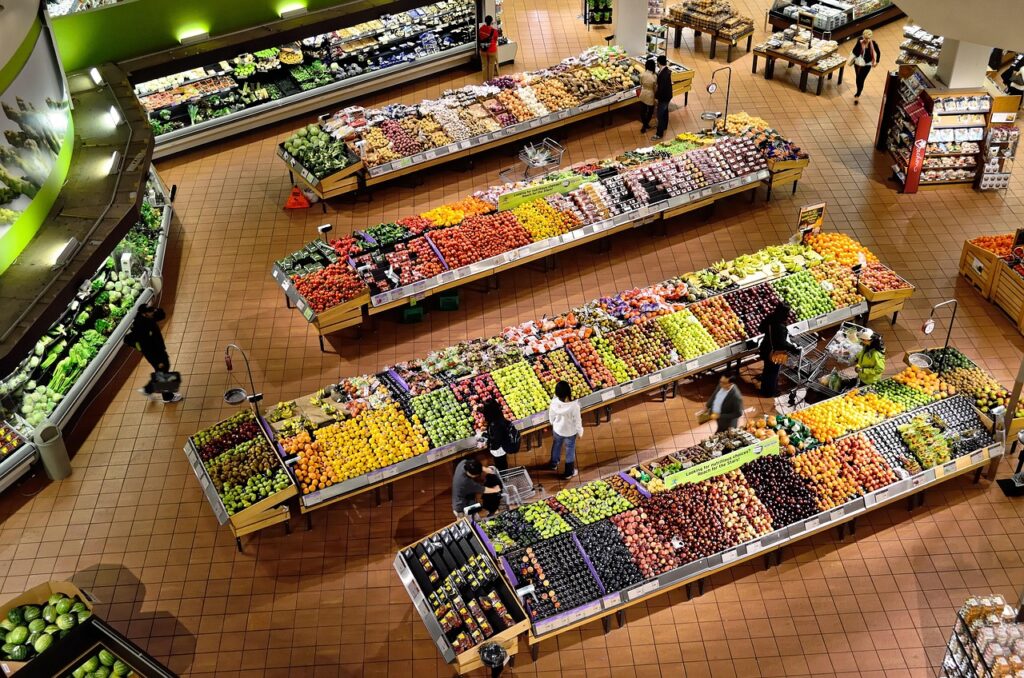
Supermarkets may feel like neutral spaces designed for convenience, but that’s far from the truth. Every aisle, display, and even the scent in the air has been carefully arranged with one goal: to keep you shopping longer and spending more.
We walk in thinking we’re in control of our choices. In reality, we’re following an invisible path designed by psychologists and retail strategists. From the placement of produce to the slow music in the background, nothing is accidental.
The more you understand these sneaky tricks, the easier it becomes to shop smarter. Let’s break down how grocery stores subtly guide your habits and decisions without you even realizing it.
The Fresh Start: Why Produce Is Always First
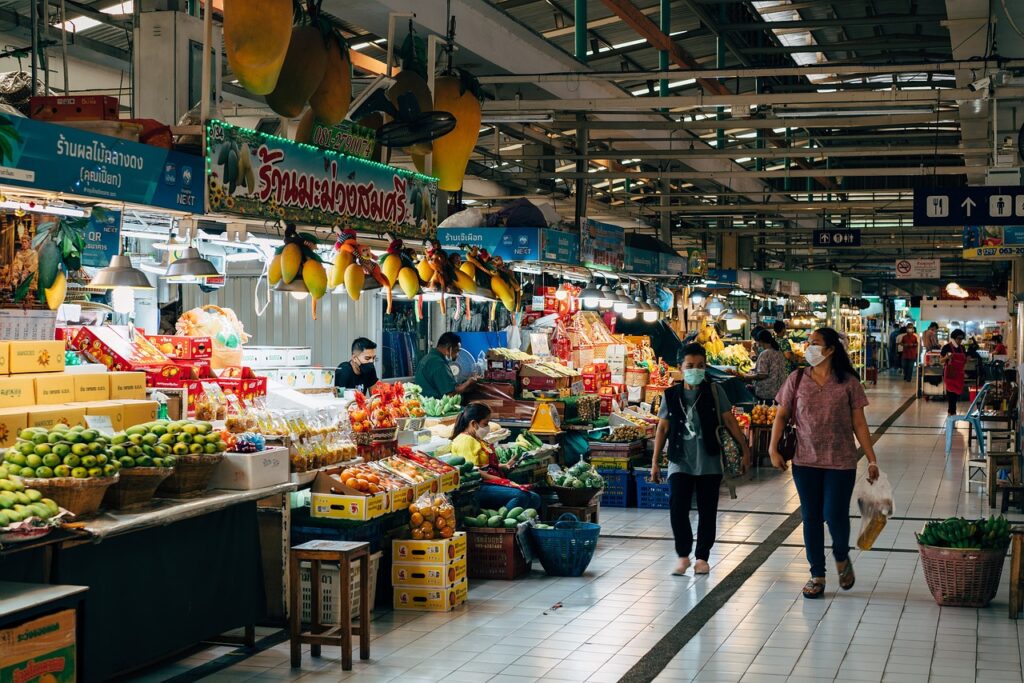
Before you grab bread or milk, you’re met with bright displays of fruit and vegetables. This isn’t random; it’s deliberate. Fresh produce makes you feel healthy and virtuous right away, creating the mental permission to splurge later in the trip.
Supermarkets know that starting with a sense of “good choices” encourages you to pick up indulgent snacks or desserts without guilt. Bright lighting and misting sprays keep everything looking extra fresh, adding to the effect.
You may think you’re building a balanced cart, but often you’re just falling into a well-designed psychological trap.
The “Health Halo” Effect
When you begin your trip with apples and spinach, you subconsciously feel more disciplined than you really are. This “health halo” makes it easier to justify adding soda or chips later, since you believe the healthy start balances things out.
Retailers know most shoppers won’t leave without a mix of healthy and indulgent items, so they stack the deck early.
The Color and Smell Strategy
Produce displays are arranged like art: bright colors, contrasting textures, and even strategic scents. The idea is to hit your senses in ways that spark appetite and optimism. Once you’re in a good mood, you’re more open to adding extra items to your cart.
The Store’s Hidden Pathways
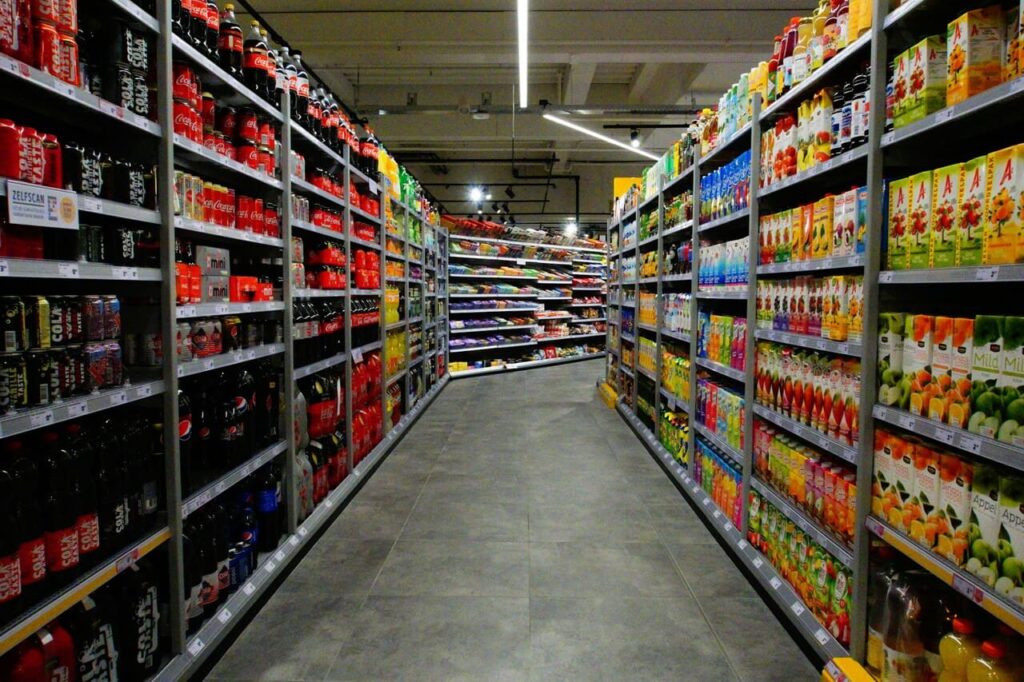
Supermarkets are designed like mazes. You rarely walk a straight line to what you need. Instead, you’re nudged into looping routes that expose you to more items than you planned to see.
Essential goods like milk, eggs, and bread are almost always placed at the back. The idea is to make you pass through aisles filled with tempting extras. You might come for one item, but you’ll likely leave with five.
What feels like poor design is actually a masterclass in nudging behavior.
Endcaps: The Silent Sales Push
Those displays at the end of aisles aren’t random. Endcaps are prime real estate for high-margin products or promotions. Even if you didn’t plan to buy chips or soda, the placement makes them hard to ignore.
The design makes it seem like a “deal” area, even when prices aren’t much lower. Your eyes naturally land there, making it one of the most effective sales tools in retail.
Slowing You Down
Stores often use narrower aisles, enticing signage, or eye-level placement to keep you browsing longer. The longer you’re inside, the more you spend. That’s why candy and magazines are still by the checkout; it’s one last nudge while you wait.
Sensory Traps You Don’t Notice

It’s not just what you see. Supermarkets use subtle sound and smell to influence mood and decisions. Background music is usually slow-paced to encourage lingering. The scent of baked bread or roasted chicken can spark appetite and impulsive buys.
Even lighting plays a role. Softer, warmer tones in certain sections make products look more appealing, while bright lights in produce create a sense of freshness. You rarely question it, but it shapes what ends up in your cart.
Music That Makes You Spend
Studies show that slower music keeps people in stores longer, which almost always means higher spending. Fast music might rush you out, so supermarkets carefully choose playlists to set the right pace.
It’s a detail most shoppers don’t consciously notice, but it works quietly in the background.
The Power of Smell
Supermarkets often pipe scents into key areas. Fresh bread might be baked in-store not just for sales but for atmosphere. Even if you weren’t hungry, the smell flips a switch in your brain. Suddenly, buying a snack feels like the natural choice.
Shop With Your Eyes Open
Supermarket tricks work best when you don’t notice them. Once you start paying attention, you see the patterns: the produce at the front, the long walk for essentials, the scents in the air.
These tactics don’t mean you can’t shop smart. Make a list, stick to it, and try not to wander aimlessly. The more you understand the psychology at play, the harder it becomes for the layout to control your cart.
Shopping with awareness doesn’t just save money. It helps you reclaim a little control in a space designed to take it away.



